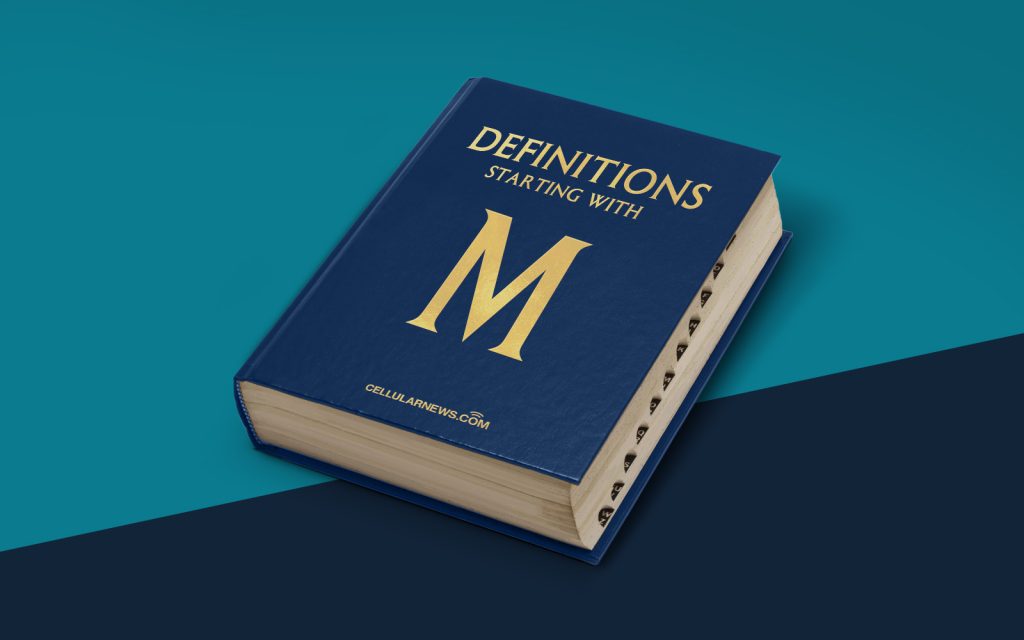
Welcome to the world of Memorandums of Understanding (MOUs)!
Have you ever come across the term “Memorandum of Understanding” and wondered what it actually means? Well, you’re in luck! In this article, we will demystify the concept of MOUs and break it down into simple terms that anyone can understand.
Key Takeaways
- Memorandum of Understanding (MOU) is a widely used document in the business world.
- It serves as a formal agreement between two or more parties that outlines their intentions and expectations.
Now, let’s delve deeper into what a Memorandum of Understanding is all about.
A Memorandum of Understanding (MOU) is a written document that outlines the mutual agreement and understanding between two or more parties. It serves as a formal agreement that helps establish the expectations, responsibilities, and goals of each party involved. Although an MOU is not legally binding, it sets the foundation for a future contract or collaboration.
What’s in it?
So, what exactly does an MOU contain? Although the content may vary depending on the specific situation, here are the common elements you can typically find in an MOU:
- Preamble: This is the introductory section that states the purpose and context of the agreement.
- Parties involved: The MOU clearly identifies the parties involved, including their names and contact information.
- Objectives: The document outlines the objectives and goals that the parties aim to achieve through their collaboration.
- Responsibilities: Each party’s responsibilities and roles are clearly defined in the MOU, ensuring clarity in the partnership.
- Timeline: The MOU may include a timeline or milestones to track the progress of the agreement.
- Confidentiality: If there is a need for confidentiality, the MOU may include clauses that ensure the protection of sensitive information.
- Termination: The document may outline the conditions under which the agreement can be terminated.
- Signatures: An MOU is not considered valid without the signatures of all parties involved.
It’s important to note that an MOU is not legally binding like a contract. However, it does hold moral and ethical weight, and parties involved are expected to honor the agreed-upon terms. In some cases, an MOU can be used as evidence of intent if a dispute arises.
When is an MOU Used?
MOUs are commonly used in various settings, including:
- Business Collaborations: When two or more businesses want to outline their joint efforts, an MOU can help clarify expectations and avoid misunderstandings.
- Government Agreements: MOUs are frequently used in intergovernmental agreements where different agencies or departments want to cooperate on specific projects.
- Non-Profit Organizations: MOUs help establish partnerships between non-profit organizations, outlining collaborative efforts for social and community development.
- Academic Institutions: Universities and research institutions often use MOUs to establish research collaborations, student exchanges, and joint programs.
Overall, a Memorandum of Understanding acts as a valuable tool in establishing clarity and alignment between parties involved in a specific endeavor. While it may not carry the same weight as a legal contract, it helps build trust and commitment among the involved parties, serving as the stepping stone for future collaborations and agreements.
So, the next time you come across the term “Memorandum of Understanding,” you’ll know exactly what it means and how it is used in various settings. Happy collaborating!
